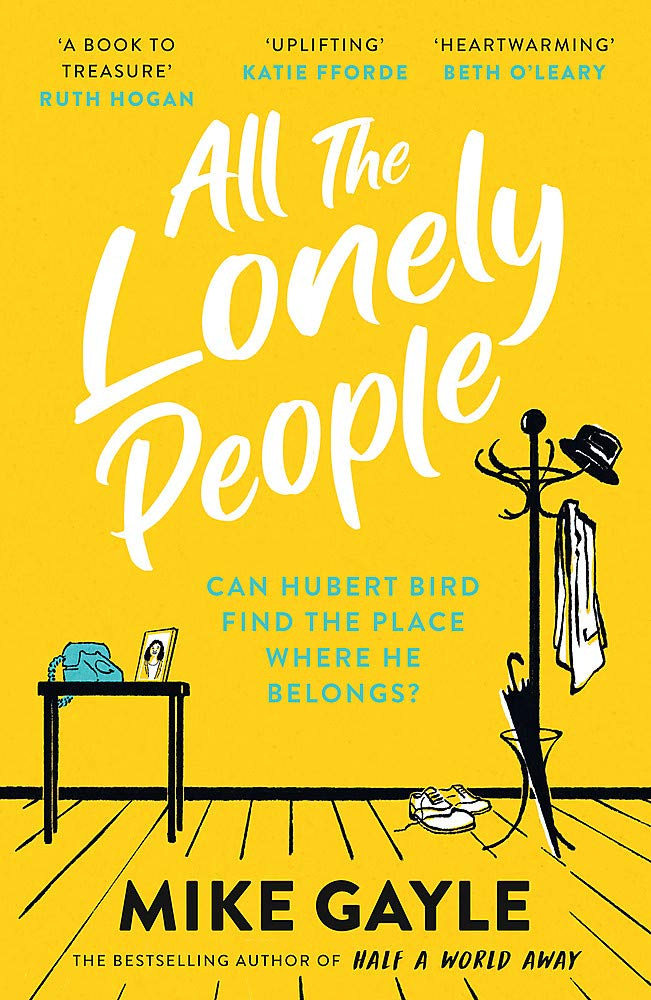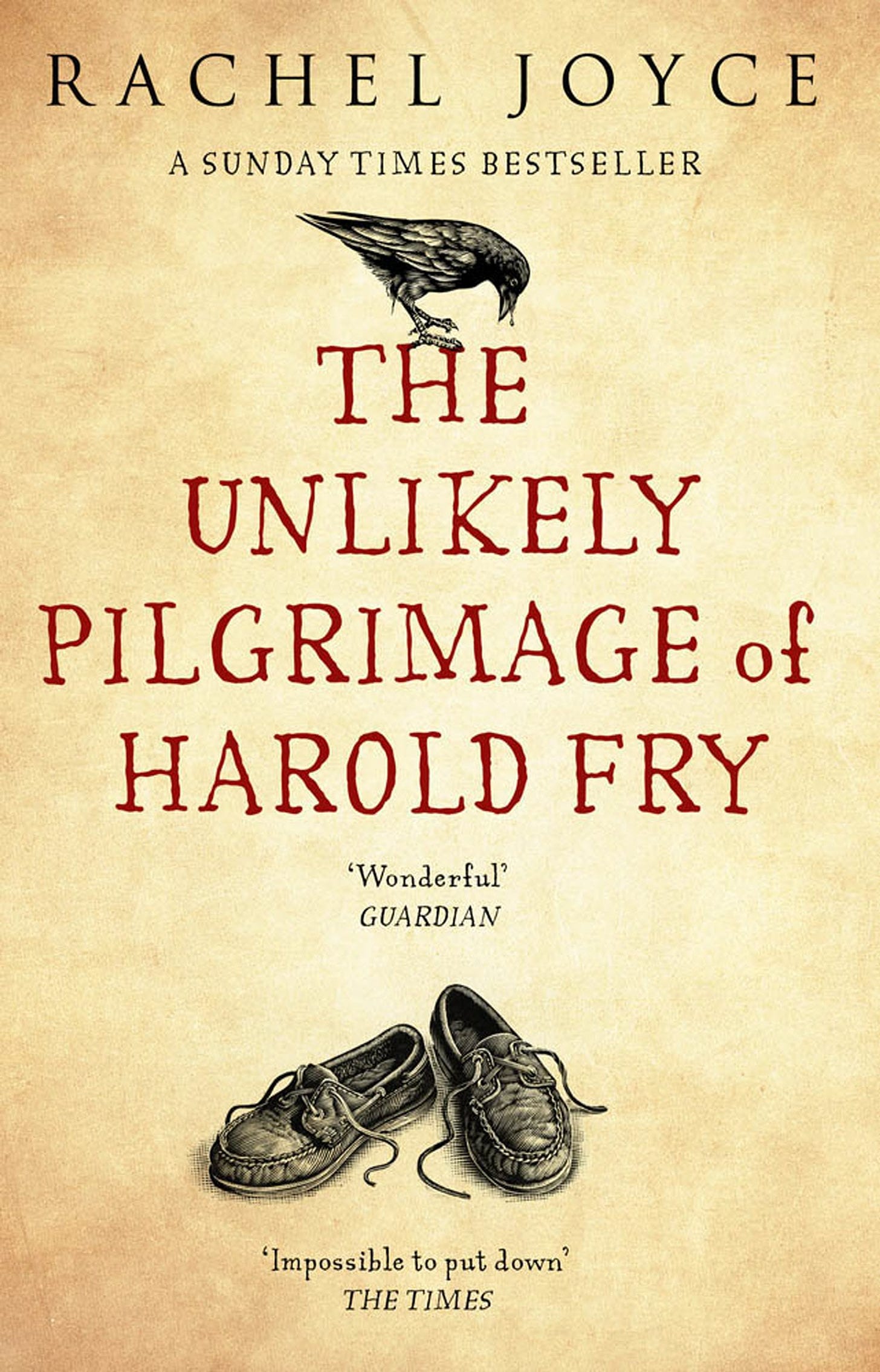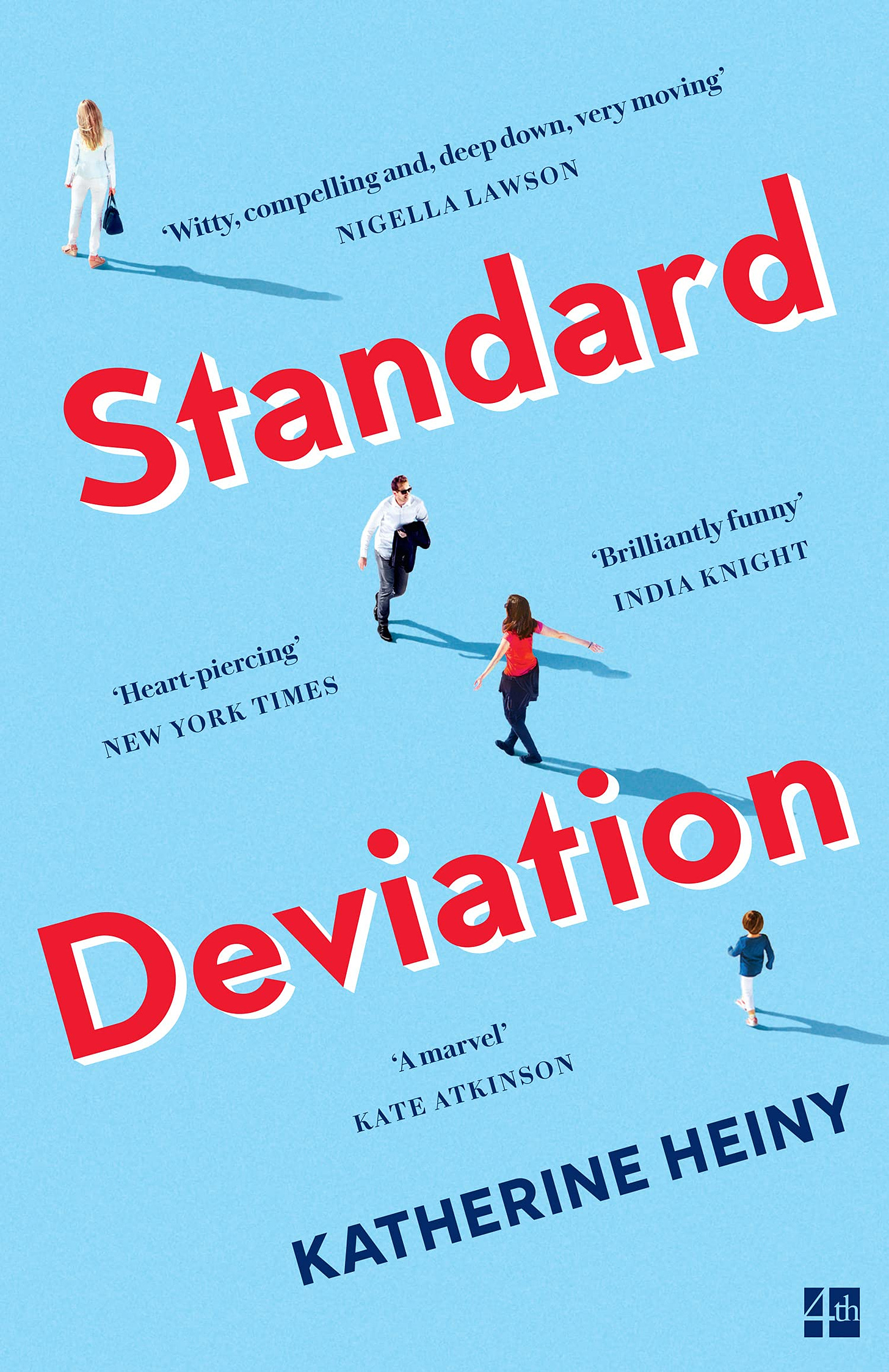Four of my favourite joyful novels
Because sometimes I'm just not in the mood for doom and gloom.
When I was a teenager, I used to love scary movies. The gorier and the creepier the better. Iconic horror moments - “here’s Johnny” from The Shining; the girl with the long black hair climbing out of the TV in The Ring - were imprinted on my mind. I could also have told you the precise best-to-worst ranking of all the Saw films (I had the DVD boxset), and I was first in line to buy cinema tickets to see Paranormal Activity.
Nowadays? Not so much. I’m not sure what has changed exactly, but the older I’ve become, the more I’ve gravitated towards happier stories. Perhaps it’s because I’ve discovered that the world can be harsh enough on its own, or perhaps it’s because I’ve realised that there’s an element of snobbery around feel-good entertainment that I don’t need to partake in.
Anyway, my horror days are long behind me and I now can’t resist a joyful read instead. Especially at this time of year! I know not everyone believes in the January Blues, but if you do, and are feeling it, then might I suggest you pick up one of the following novels?
Four feel-good books to enjoy this winter
All the Lonely People by Mike Gayle
Hubert Bird, our 80-something widower protagonist, is grumpy. His only human interaction might be when the postman asks him to take in someone else’s package (much to his chagrin), but he’s not interested in making friends, nor in re-connecting with his old ones.
Not that he’ll admit any of this to his daughter Rose, who’s based in Australia and thinks he’s living a rich and colourful retirement. So when Rose announces she’s coming to visit, Hubert is faced with a mission of creating a life like the one he has fabricated over the phone. I adore this book; it’s brimming with brilliant characters, has a twist I didn’t see coming and touches beautifully on themes of loneliness, kindness and community.
Read it if you like: Eleanor Oliphant is Completely Fine by Gail Honeyman or A Man Called Ove by Fredrik Backman.
The Unlikely Pilgrimage of Harold Fry by Rachel Joyce
Quite frankly, I’m jealous of anyone who hasn’t read this book yet. It follows Harold Fry, a very ordinary man who was only going out to post a letter when he finds himself unable to return home. Instead, he keeps walking, and walking, and walking - to the other end of the country in fact, in a bid to save someone’s life.
I still remember reading this for the first time, so desperate to find out why Harold was on this journey that I just could not put it down. It’s a wonderfully written story full of heart, and I don’t know why it’s taken 10 years for someone to adapt it into a film, but at last one is on its way, starring Jim Broadbent.
Read it if you like: books by Deborah Moggach, Graeme Simsion or Jonas Jonasson.
Standard Deviation by Katherine Heiny
Although Graham’s wife Audra is a total oddball, whose say-it-as-she-sees-it quirks make her one of my favourite comic characters of all time, he’s relatively content in his marriage - until his ex-wife Elspeth suddenly reappears in his life. The two women are total opposites, and Graham starts to wonder whether he made the right choice.
This novel might belong in a roundup of the best books about marriage or family, but I’m including it here because it’s one of the funniest books I’ve ever read - and if laughter doesn’t spark joy, then what does? Heiny’s writing is also so deliciously good and the book has got such a warmth to it that I couldn’t not include it.
Read it if you like: Just Like You by Nick Hornby or Heartburn by Nora Ephron.
Five Steps to Happy by Ella Dove
When Five Steps to Happy’s narrator Heidi sets out for a jog one Sunday morning, she has no idea that it will change her life forever. The run comes to an abrupt end when she trips so badly that she ends up in hospital, and the doctors have no choice but to amputate her leg below the knee.
Based on the author’s real experiences of losing her leg, this is a story of love and loss, friendship, resilience and what it takes to rebuild a life. It’s an empowering, inspiring read, and I always recommend it to anyone in need of a life-affirming treat.
Read it if you like: books by Beth O'Leary or Libby Page.
And finally…
I often get asked how I read so much, and given that I’ve been seeing quite a few ‘How to read more in 2022’ articles floating around lately, I thought I’d share my two cents. There are all sorts of factors involved, but the main thing, I think, is that I put down the books that I’m not getting on with, rather than allowing them drag on. Letting go of the idea that I needed to finish a book just because I started it has been been life-changing. I read more simply because I read books that I’m enjoying and actually wanting to read.
If anyone else has any tips, I’d love to hear them - you can reply to this email or leave a comment.
And if you’re not yet a subscriber and would like book recommendations in your inbox twice a month, sign up here:









My top tip for reading more is to carry a book everywhere, as you would a reusable water people. That way, whenever you have a few minutes to spare (standing in queues etc.) you can reach for it rather than your phone. A few pages here and there add up delightfully quickly.